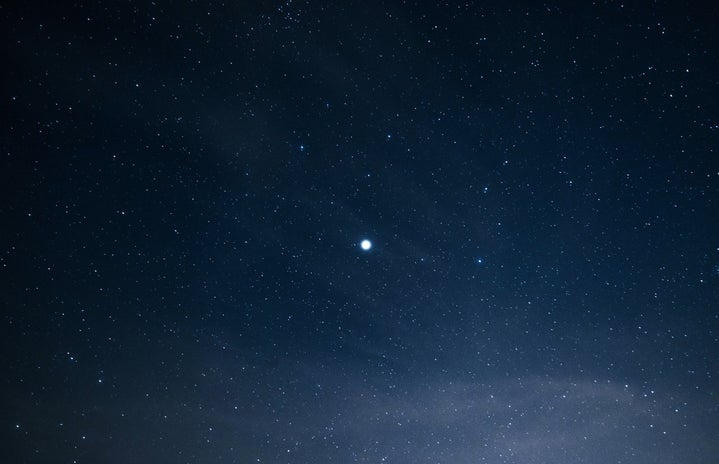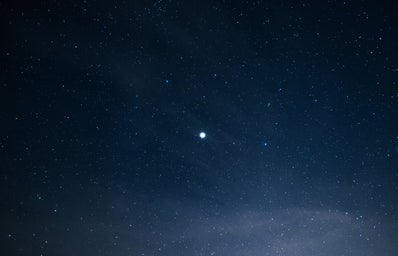The Chawla’s family welcomed home the first Indian-born female astronaut in Karnal, India on July 1st 1961. She was the youngest in her family and cherished a lifelong dream to go to space. Over the course of her two missions, Kalpana Chawla logged a total of 30 days , 14 hours and 54 minutes in space.
Kalpana Chawla, initially called by the nickname “Monto” , was brought up in an environment where girls were not encouraged to pursue education.In the earlier days, it was considered that females belonged in the kitchen, to take care of the household while the male counterpart were the breadwinner of the family.However, her family disregarded this thought and always supported her natural curiosity for science. The precocious child indulged in activities involving watching airplanes and drawing its pictures and went on to choose her first name as “Kalpana” because it means imagination.
Kalpana’s fascination with space began from a tender age where she would stay awake and watch the stars at night while her family slept on the roof of their house. Once, when her classmates built a geographical map of India on the floor of their classroom, she covered the ceiling completely with stars – little sparkling dots on black chart papers. Located nearby their house was ‘Karnal Aviation Club’ which was of her interest as she would watch the airplanes daily. In one of her interviews before Columbia, Kalpana recalled her childhood days and said “We’d ask my dad if we could get a ride in one of those planes. And he did get us a ride on the Pushpak and a glider. I think that’s really my closest link to aerospace engineering. Also, growing up, we knew of J.R.D. Tata, who flew some of the first mail flights in India, one of which now hangs in an aerodrome out there. Seeing this airplane and just knowing what this person has done during those years definitely captivated my imagination”.
Kalpana continued her final two years of school from DAV College and went on to pursue Aeronautical Engineering – a course not considered suitable at the time by her father, from Punjab Engineering College. She was the only female doing the particular course in the college and was informed that it would present very limited opportunities for her upon graduation. However, she was determined to make a career in Aviation and continued her studies. Outside of academia, Kalpana spent her time reading novels and learnt Karate. She became the Joint Secretary of her college’s Aero Club and Astro Society and once presented a paper on “Time – Lapse in Space “ at the college’s annual conference. She performed well academically and secured the third rank at her college during her final year. She continued her steps to achieving her dream by enrolling into a master’s course in Aerospace Engineering at the University of Texas, USA.
During this course of time , Kalpana met Jean Pierre Harrison , a flying instructor and an aviation author and married him in 1983, thereby becoming an American citizen. After completing her masters’ , she went on to attain a doctorate degree in aerospace engineering from University of Colorado and began working at NASA’s Research Centre. By this time, she was a certified flight instructor.
Although Kalpana Chawla left her native country to pursue higher education, she remembered her roots and made efforts to allow students from Tagore Bal Niketan, India,to visit NASA every year. In her honor, now there exists Kalpana Chawla National Scholar Exam where the high scoring students get opportunities to be part of NASA Camp.
In 1994, she was selected from a group of 4000 applicants for the astronaut program. On November 19 1997, she became the first Indian born woman to fly into space and travelled 6.5 million miles in 252 orbits of the Earth . In 2000, Kalpana was selected for her second mission to space, serving as a mission specialist on Columbia. Due to several delays of the mission, it launched in 2003.
Over the 16 day flight period, the crew carried out many experiments. The space shuttle was to land on February 1st 2003 at Kennedy Space Centre. At launch, a briefcase-sized piece of insulation had broken off and damaged the thermal protection system of the shuttle’s wing, the shield that protects it from heat during re-entry. As the shuttle passed through the atmosphere, hot gas streaming into the wing caused it to break up. The unstable craft rolled and bucked, pitching the astronauts about. Less than a minute passed before the ship depressurized, killing the crew.
NASA honored the astronauts with a special musical tribute while the nation mourned over the tragic loss of the crew members. India renamed its first satellite of Met-Sat series, ‘MetSat-1’ to ‘Kalpana-1’ to pay respect to Kalpana Chawla.
Her journey from Karnal to the outer space speaks volumes of her determination and passion .It serves as reminder to every human being that anything that can be dreamt of is possible.
Here is to remembering a hero, an epitome of courage, and a personal inspiration of mine – Dr.Kalpana Chawla. We will forever admire you.


